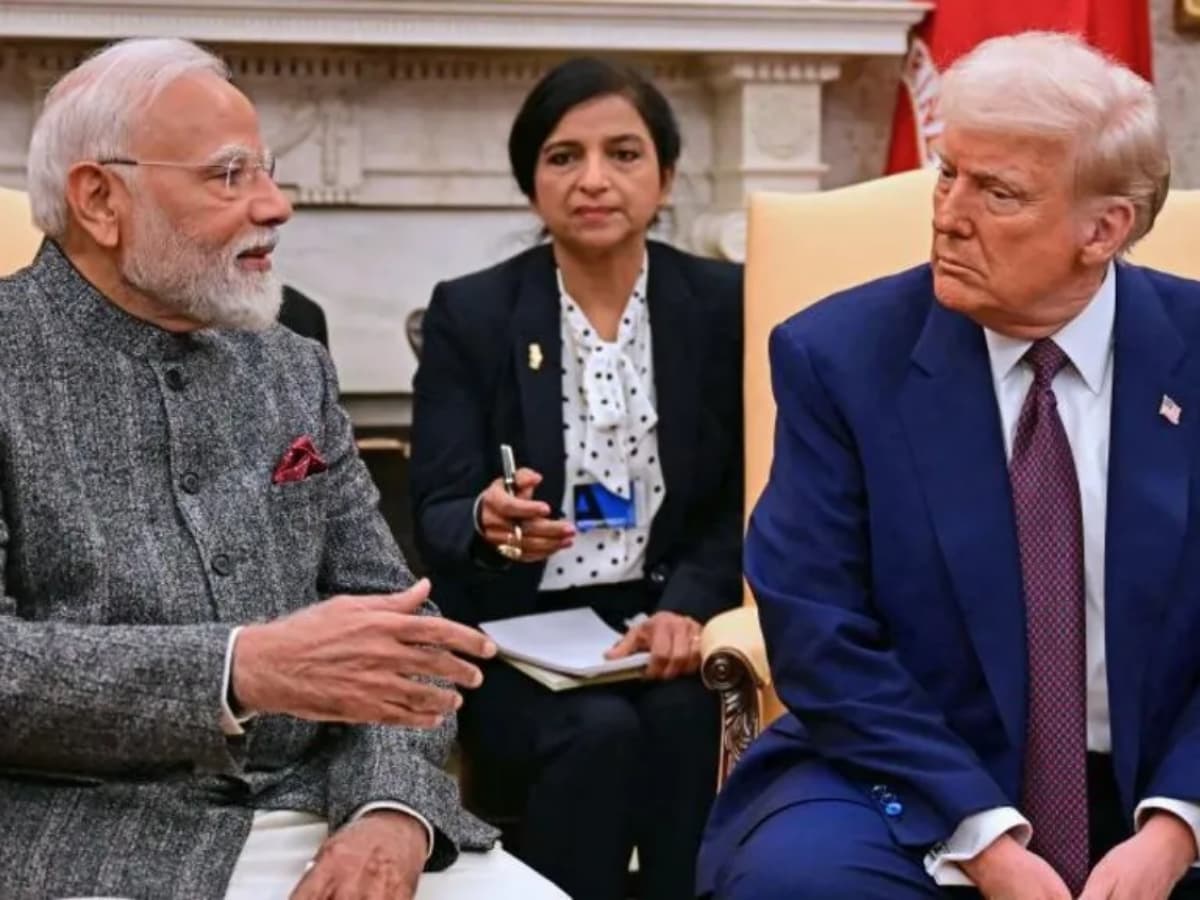Trump Warns India of 25% Tariffs Amid Trade Deal Uncertainty
Psu express
President Donald Trump has issued a stern warning to India, indicating that it could be subjected to tariffs as high as 25% if a trade agreement is not reached by August 1, 2025. While describing India as a “good friend,” Trump emphasized that high import duties imposed by India are no longer acceptable under his administration.
Trade officials from both nations have engaged in months of negotiations, but talks have fluctuated between optimism and caution. “India has charged more tariffs than almost any other country,” Trump noted, reiterating his stance that such trade barriers need to be dismantled.
The core disagreements center around agriculture and dairy access, sectors that India has historically safeguarded to protect small farmers and ensure food security. Despite pressure from Washington, Indian Commerce Minister Piyush Goyal affirmed the nation’s commitment to safeguarding domestic agricultural interests, while remaining “optimistic” about a deal.
US Trade Representative Jamieson Greer acknowledged progress but cited India's long-standing protectionist policies as an obstacle. Still, he described the discussions with Indian counterparts as “constructive,” even if a definitive conclusion remains elusive.
Bilateral trade between the US and India touched $190 billion in 2024, with both leaders previously targeting an ambitious $500 billion goal. India has responded by lowering tariffs on selected imports, including Bourbon whiskey and motorcycles. Yet, the $45 billion trade deficit remains a sore point for Washington.
As the clock ticks toward the August 1 deadline, pressure mounts on both sides to finalize a “consequential partnership” that could reshape Indo-US trade ties. Trump’s tariff ultimatum may accelerate decision-making, but also adds friction to an already complex negotiation.












.jpg&w=3840&q=75)